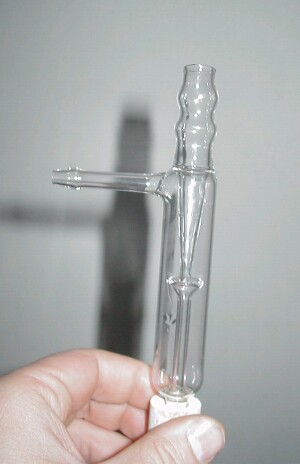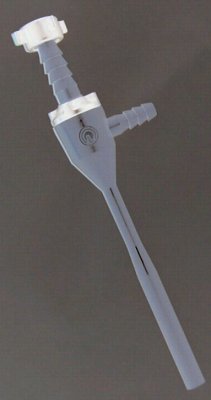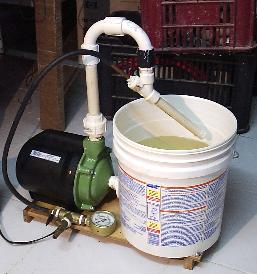Making your own vacuum pump is tres difficile!
I'm not saying you're stupid for trying, just that you may find the time/effort ratio.........
well....
good luck










| Quote: |

| Quote: |
| Quote: |
 in the smaller space, and makes a "low pressure
zone" that sucks in the air.
in the smaller space, and makes a "low pressure
zone" that sucks in the air.
| Quote: |
| Quote: |
| Quote: |
 I wonder if he'll
ever walk again?
I wonder if he'll
ever walk again?

| Quote: |




| Quote: |
| Quote: |
| Quote: |
| Quote: |

| Quote: |
| Quote: |

| Quote: |
 Lol! That's EXACTLY what I tought!
Lol! That's EXACTLY what I tought!

| Quote: |

 seems like it doesn't like pressure.. or maby i degreased poorly..
seems like it doesn't like pressure.. or maby i degreased poorly.. This fluctuation may depend (guessing)
on the form of the nozzle. I think nozzle should be symmetrical (kinda hard to make this with a hammer)
This fluctuation may depend (guessing)
on the form of the nozzle. I think nozzle should be symmetrical (kinda hard to make this with a hammer)
| Quote: |
| Quote: |
| Quote: |
| Quote: |



| Quote: |
| Quote: |


| Quote: |

 *lol*
*lol*